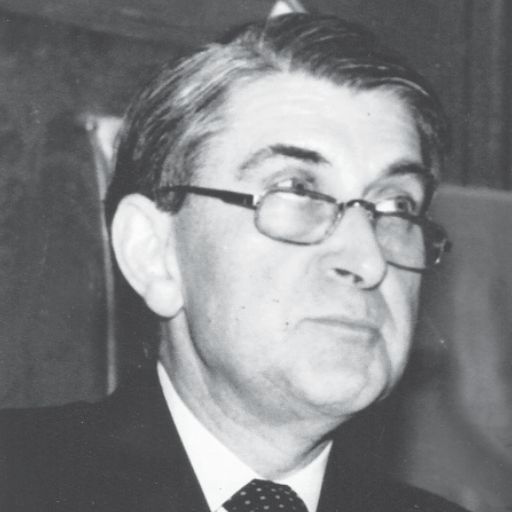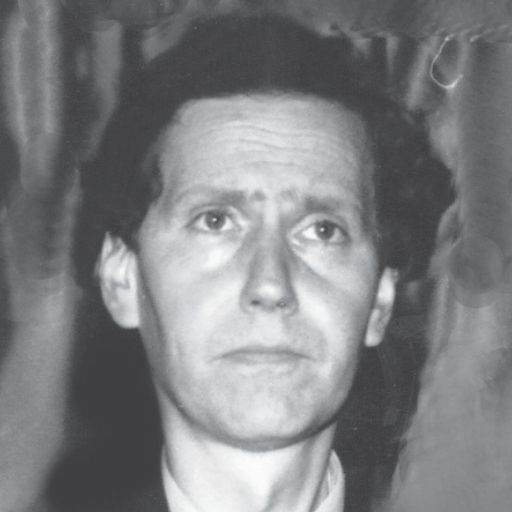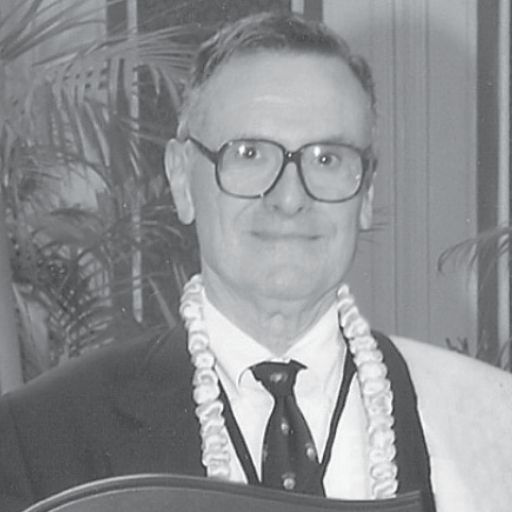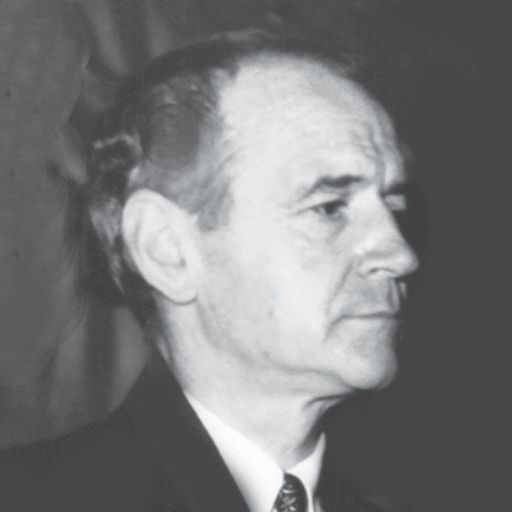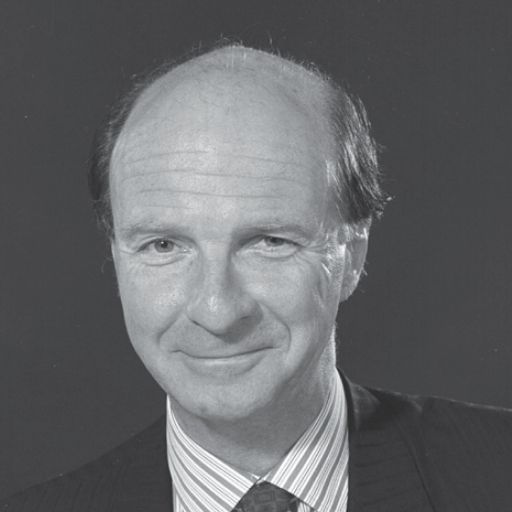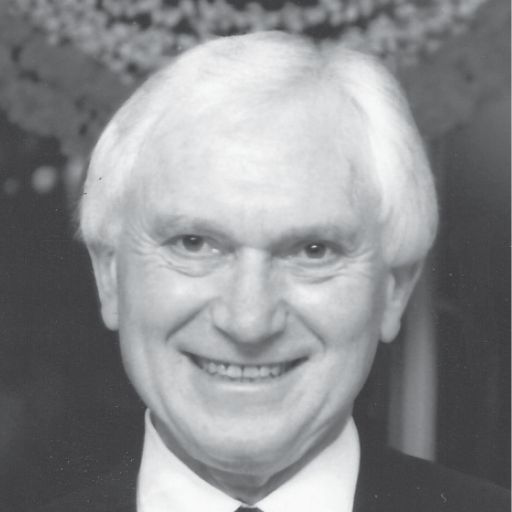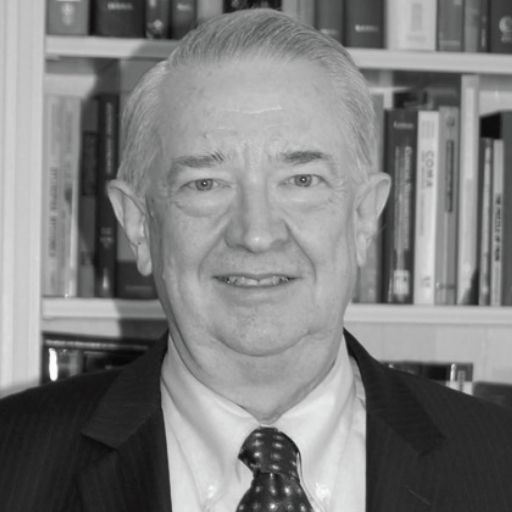1995
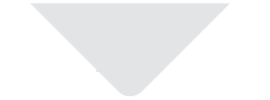
Year 15
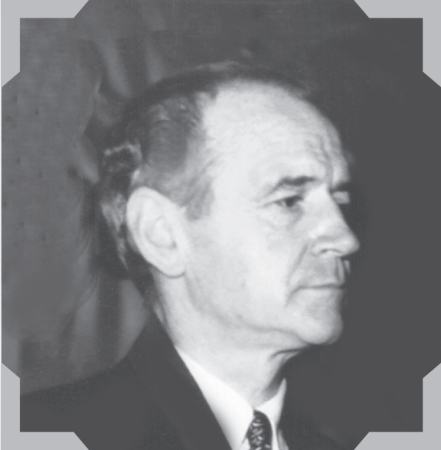
Prof. David Bates
Professor of Neurology,
University of Newcastle-upon-Tyne, United Kingdom
THEME: THE DIAGNOSIS AND MANAGEMENT OF COMA
The clinician's definition of normal consciousness is that condition of a normal individual when awake, the
individual being fully responsive to stimuli and indicating awareness by behaviour and speech. There are two
components to consciousness namely, one, the arousal component which keeps the patient awake and depends
on the reticular activating system (RAS), and two, the content of consciousness or awareness of self and the
environment. This latter component includes sensation, emotion and thought which depend, along with other
cognitive functions, on the integrity of the cerebral cortex. Insult to the RAS or diffuse insult to the cerebral
hemispheres, or both, can result in coma. Coma may be defined as a state of unrousable unresponsiveness.
The management of coma involves resuscitation measures which must be employed alongside the assessment of the patient. Adequate airway and circulation must be ensured, while the brain must receive sufficient nutrient in the form of glucose, Needless to say, basic physiological parameters must also be monitored closely. When hope of recovery of consciousness becomes slim, medical, legal and ethical questions first must be addressed, before life support systems are finally withdrawn.
The management of coma involves resuscitation measures which must be employed alongside the assessment of the patient. Adequate airway and circulation must be ensured, while the brain must receive sufficient nutrient in the form of glucose, Needless to say, basic physiological parameters must also be monitored closely. When hope of recovery of consciousness becomes slim, medical, legal and ethical questions first must be addressed, before life support systems are finally withdrawn.


